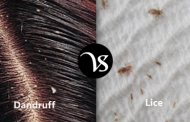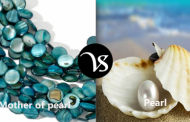 Primer:
Primer:
A primer or undercoat is a preparatory coating put on materials before painting. Priming ensures better adhesion of paint to the surface, increases paint durability, and provides additional protection for the material being painted. Primer allows finishing point to much better than if it was used alone.
Paint:
Paint is the liquid that is used to add a colour to the surface of an object by covering it with a pigmented coating. It is most commonly used to protect color, or provide textures to objects. Paint can be made or purchased in many colors- and in many different types, such as watercolor, artificial, etc.
Differences:
| Basis | Primer | Paint |
|---|---|---|
| Definition (www.oxforddictionaries.com) |
A substance used as a preparatory coat on wood, metal or canvas, especially to prevent the absorption of subsequent layers of paint or the development of trust. | A colored substance which is spread over a surface and dries to leave a thin. |
| Objectives/Purpose | The purpose of primer are:
|
|
| Synonyms | Hornbook, reader, basal and book | Enamel, dye, pigment, acrylic and oil |
| Antonyms | Floor, divide, vertex, torn, newer | Flawlessness, discolor, snow, whiten, strip |
| Types | Its types are:
|
Its types are:
|
| History | Ancient colored walls at Dendera, Egypt which were exposed for years to the elements, still possess their brilliant color, as vivid as when they wew painted about 2000 years ago. | |
| Word origin | It was originated from late Middle English: from medieval Latin primarius (liber) ‘primary (book)’ and primarium (manuale) ‘primary (manual).’ | It was originated from the Middle English: from peint ‘painted’. |
| Pronunciation |
|
|
| Main function | The main function of priming is to ensure that any successive layers of paint adhere to the surface properly. | The main function of paint is
|
| Advantages/Benefits | Its advantages are:
|
Its advantages are:
|
| Disadvantages | Its disadvantages are:
|
|
| Example in Sentence |
|
|





